When it comes to building a well-rounded lower body, it’s not enough to just do squats or run on the treadmill. Your legs are made up of several distinct muscle groups, and each one plays a different role in movement, stability, and strength. Understanding these parts—and how to target them—will help you get better results, avoid imbalances, and move with more power and control.
The Main Parts of the Leg Muscles
In gym terms, the legs are typically broken down into these major muscle groups:
-
Quadriceps (Front of thigh): These are your "quads"—the large muscles responsible for knee extension. Think: leg presses, lunges, and front squats.
-
Hamstrings (Back of thigh): Located on the back of the leg, the hamstrings help with hip extension and knee flexion. Romanian deadlifts and leg curls are classic hamstring-focused movements.
-
Glutes (Buttocks): While technically part of the hip, your glute muscles are key to leg power. Exercises like hip thrusts and Bulgarian split squats work them effectively.
-
Calves (Back of the lower leg): This area includes the gastrocnemius and soleus muscles. Seated and standing calf raises target both.
-
Adductors and Abductors (Inner and outer thighs): These stabilizers control side-to-side motion and are often undertrained. Cable leg abductions and side lunges are great here.
What Leg Muscles Should You Workout?
All of them. A strong, functional lower body requires attention to each part of your legs—not just the big, visible muscles like quads and glutes. Overdeveloped quads with weak hamstrings can lead to knee pain. Skipping calf training limits your ankle strength and athletic performance. And if you ignore your abductors and adductors, you miss out on crucial hip stability that protects you during dynamic movements.
Here’s a simple breakdown of what leg muscles to work and why:
| Muscle Group | Why It Matters | Top Exercises |
|---|---|---|
| Quadriceps | Power for squats, running, stairs | Front squats, walking lunges, leg press |
| Hamstrings | Hip balance, sprinting, injury prevention | RDLs, glute-ham raises, leg curls |
| Glutes | Core lifts, posture, athletic power | Hip thrusts, step-ups, split squats |
| Calves | Ankle strength, jumping, stability | Seated & standing calf raises |
| Adductors/Abductors | Knee and hip support, multi-direction moves | Side lunges, band walks, cable adductions |
Leg Muscles in Gym Terms
You might hear lifters say things like “I’m training wheels today” (slang for legs) or “killing hammies and glutes.” Here's a quick cheat sheet:
-
“Quads” = front thighs
-
“Hammies” = hamstrings
-
“Glutes” = butt muscles
-
“Calves” = lower back leg muscles
-
“Hip abductors” = outer hips
-
“Adductors” = inner thighs
These terms come up often in training plans and gym talk, so it’s helpful to know what they mean.
My Personal Take on Leg Training
For years, I skipped structured calf training. It seemed like an afterthought—until I noticed ankle stiffness and poor balance on single-leg movements. Once I started training calves twice a week, my deadlift lockouts got stronger and my knee stability improved. It reminded me that every part of the leg deserves focused attention, even if it seems small.
I’ve also found that alternating heavy compound lifts with isolation movements in a single session keeps both strength and muscle balance in check. A typical leg day for me includes front squats, Romanian deadlifts, walking lunges, hip thrusts, and calf raises. No shortcuts, no neglected zones.
Final Thoughts
If you want powerful, balanced, and functional legs, you need to train every major part of your lower body. From glutes to calves, each area contributes to how you move, lift, and perform. Don’t just train for looks—train for strength, stability, and lifelong mobility.


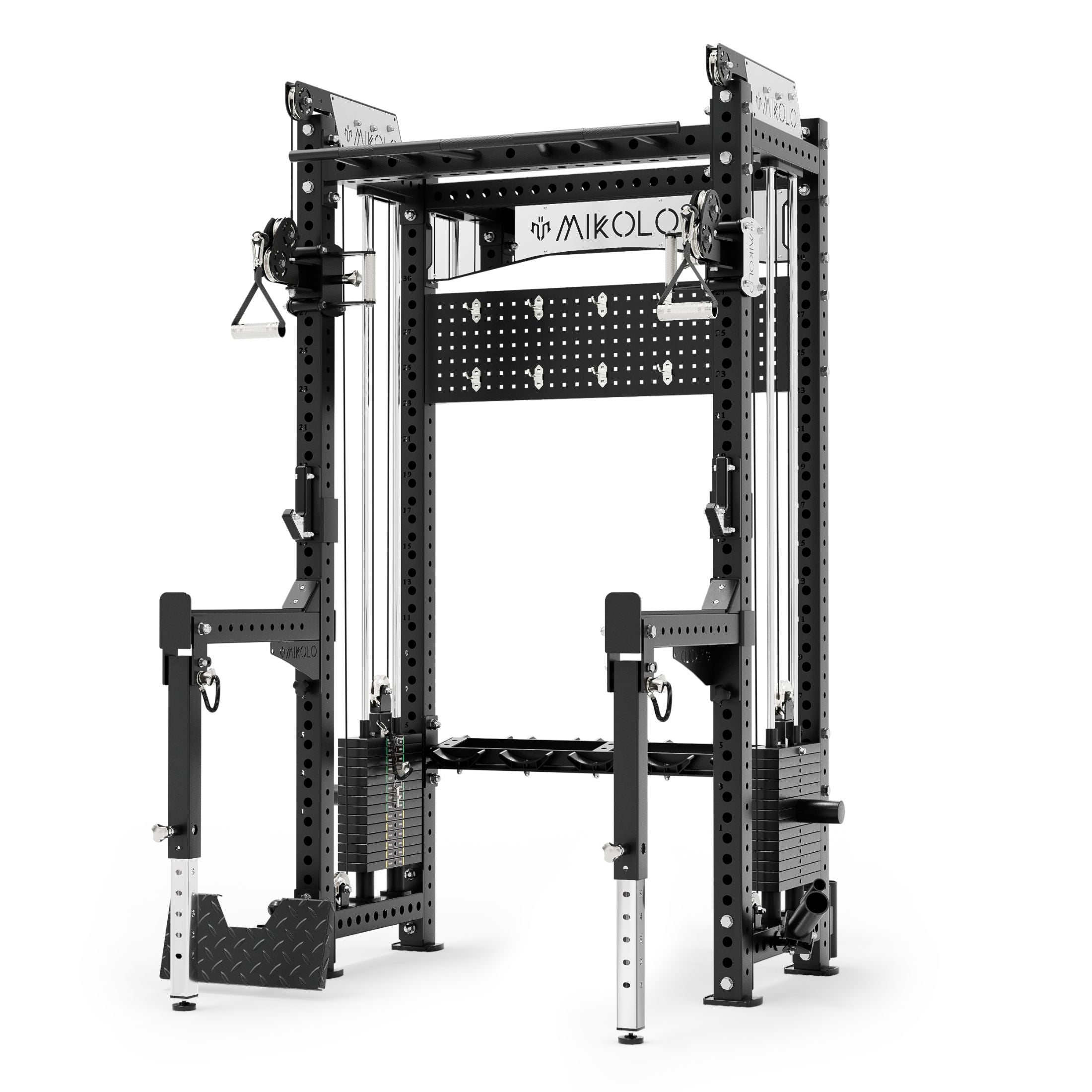




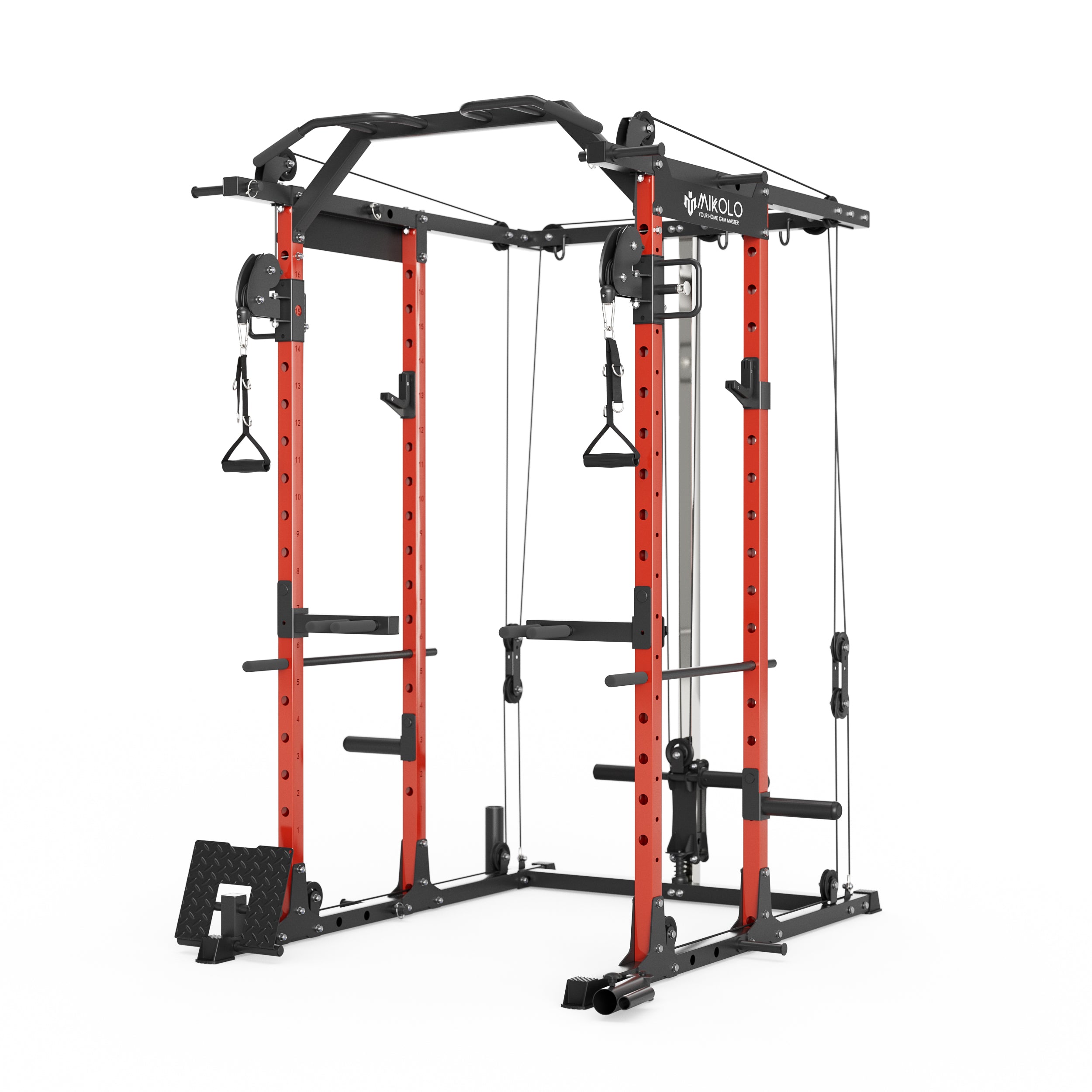
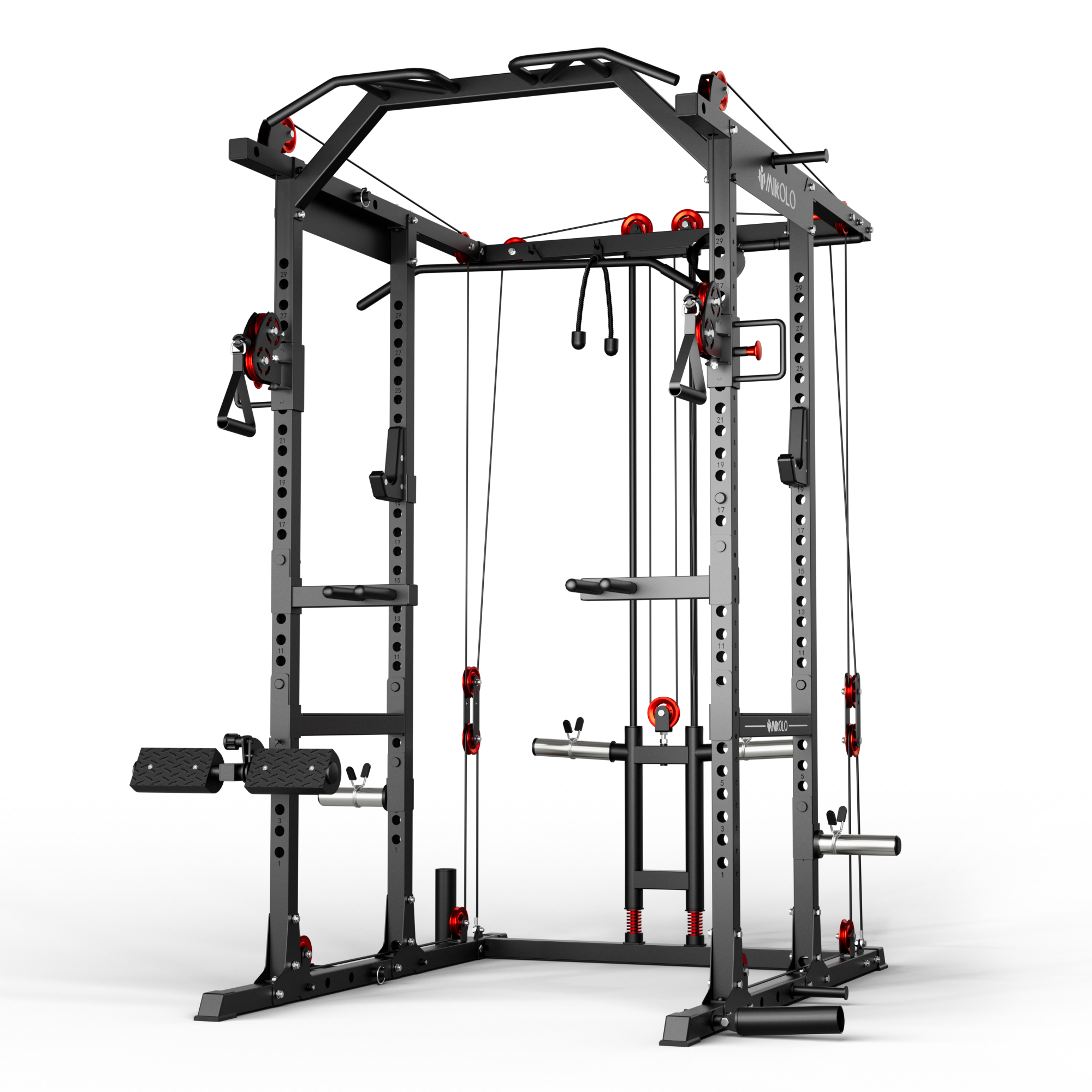

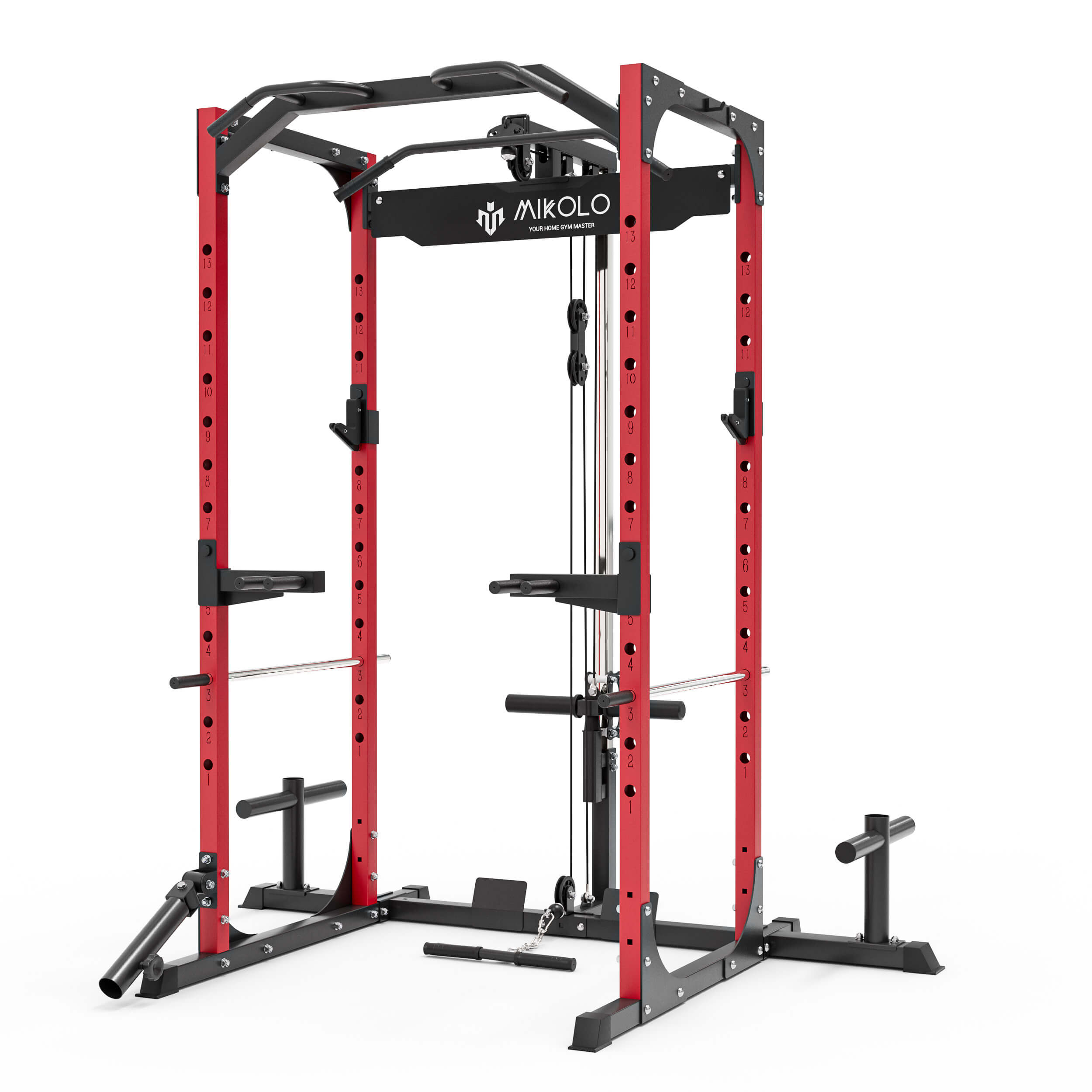



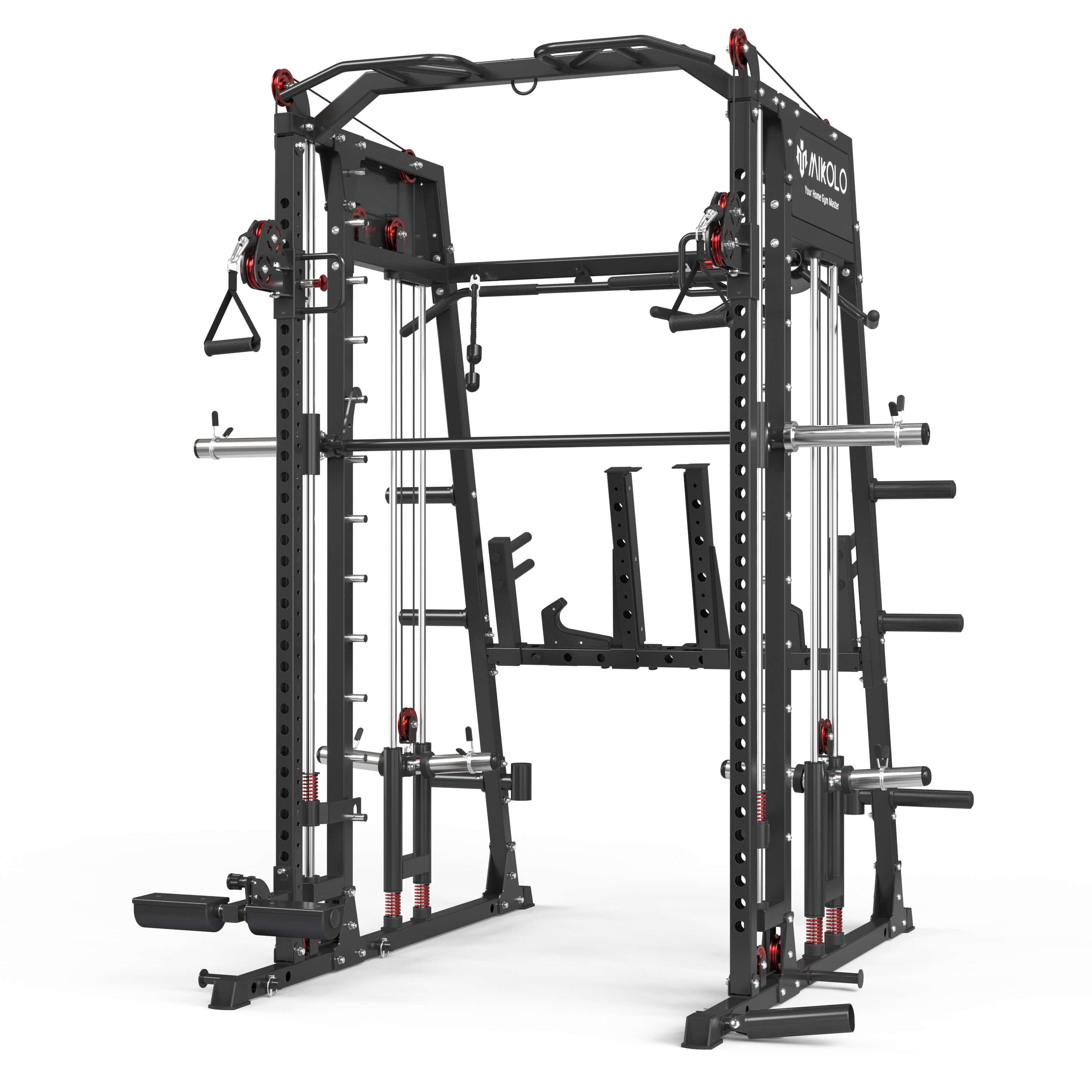

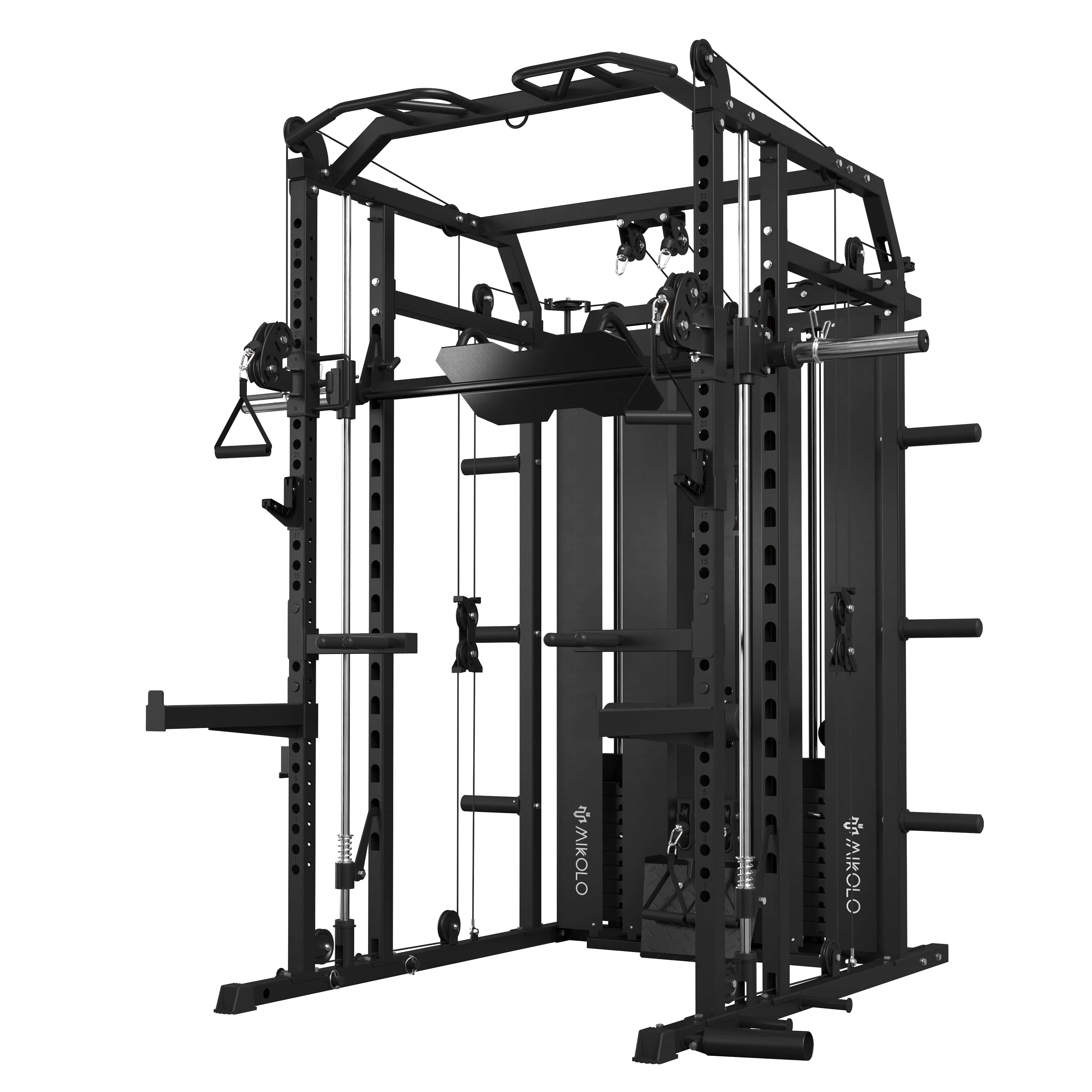
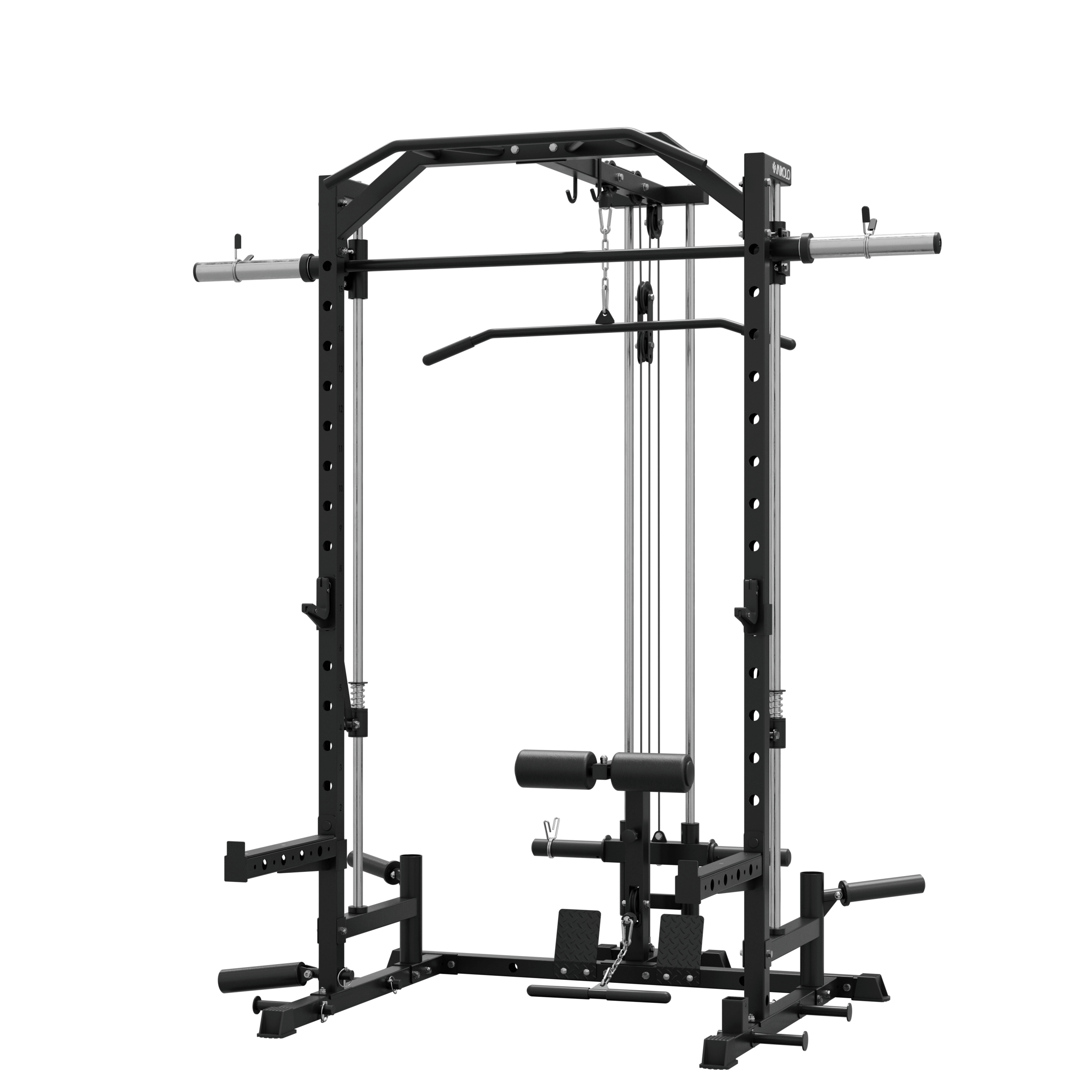
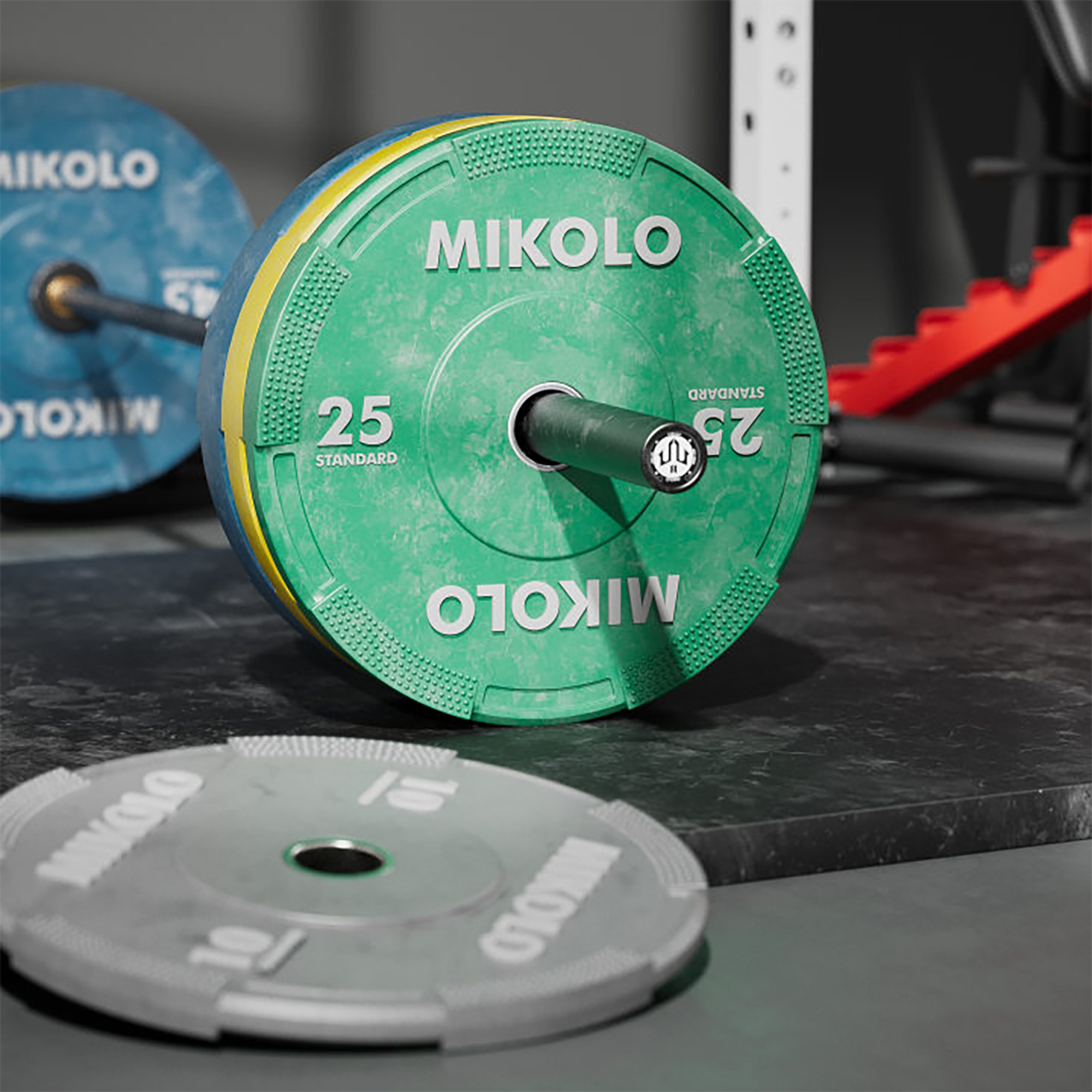






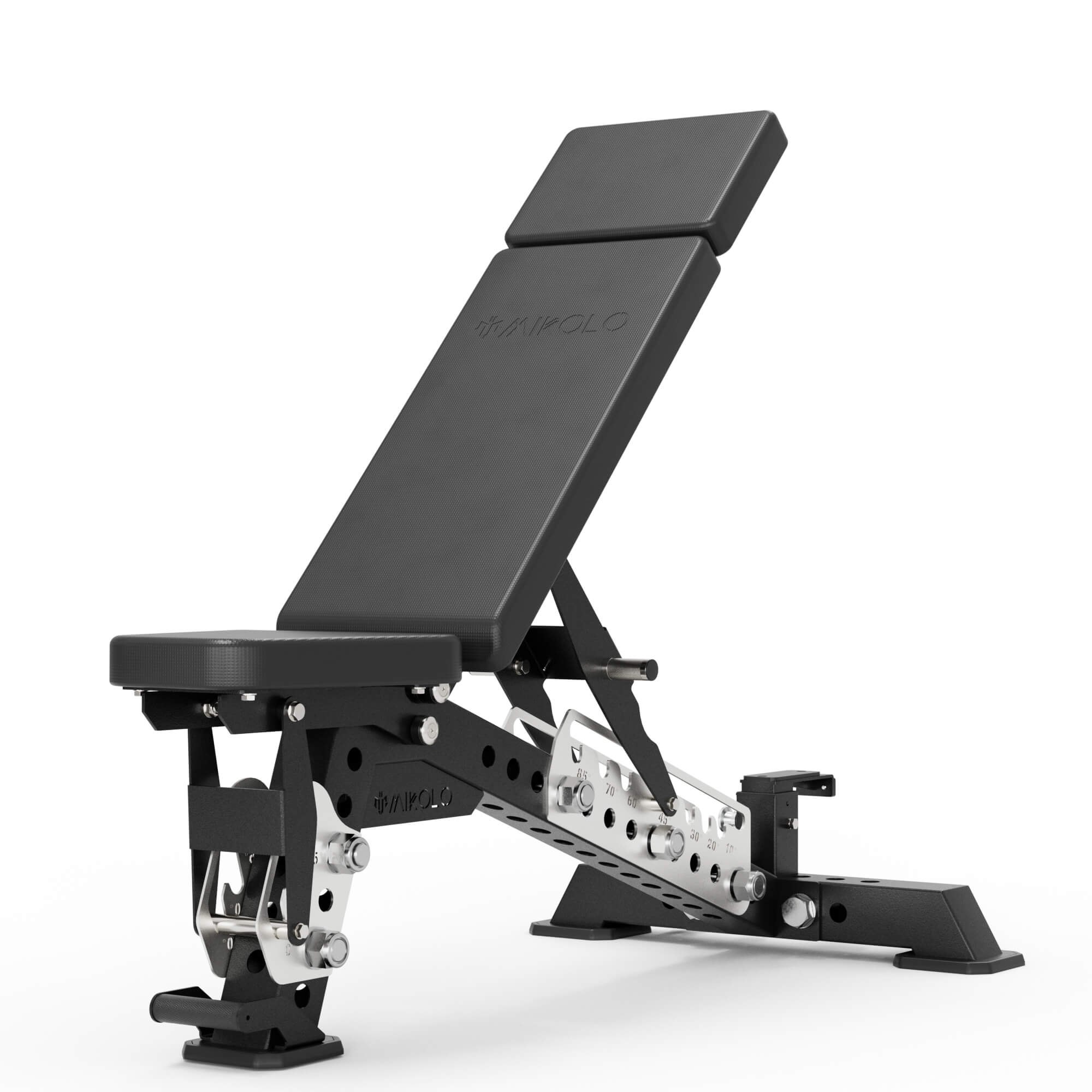
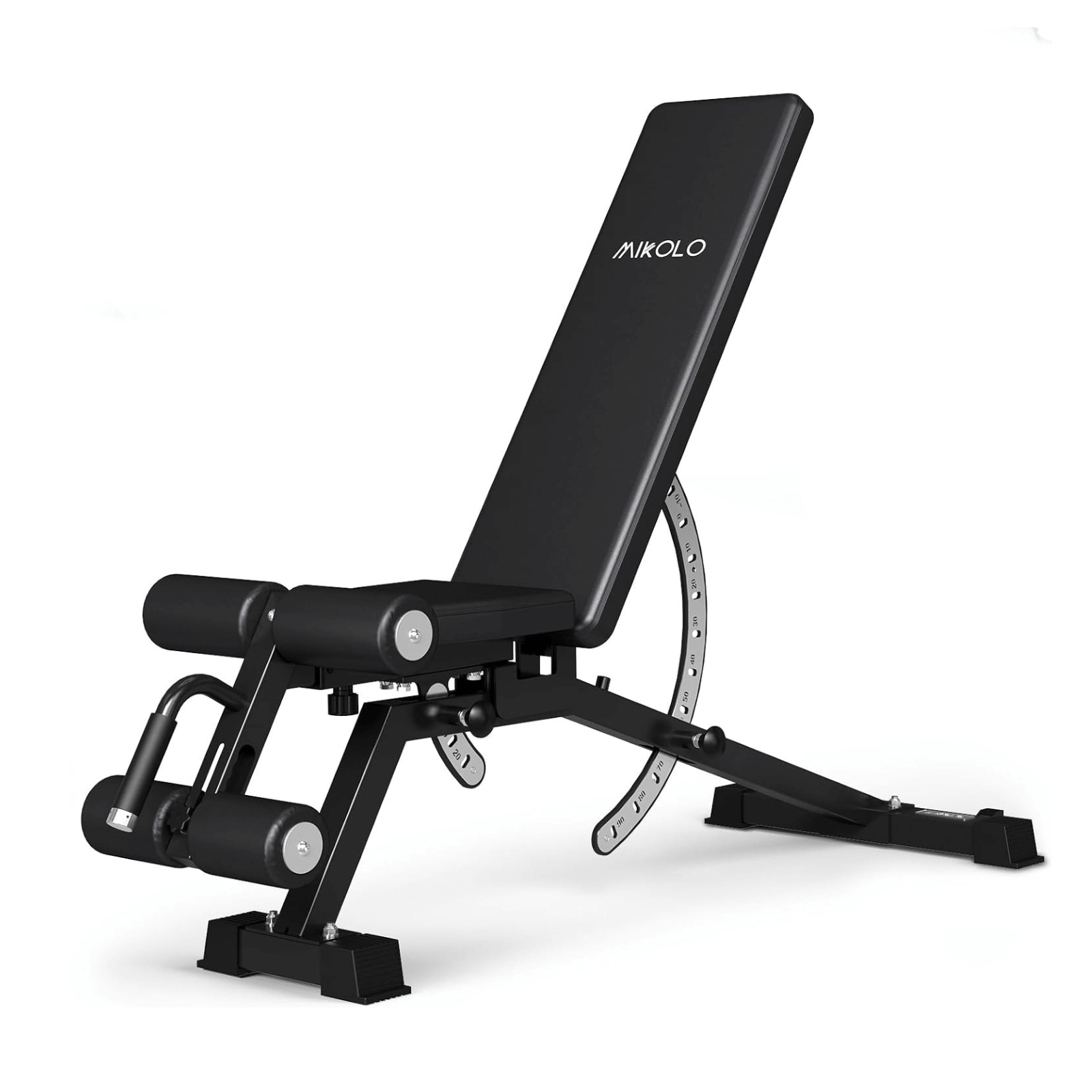




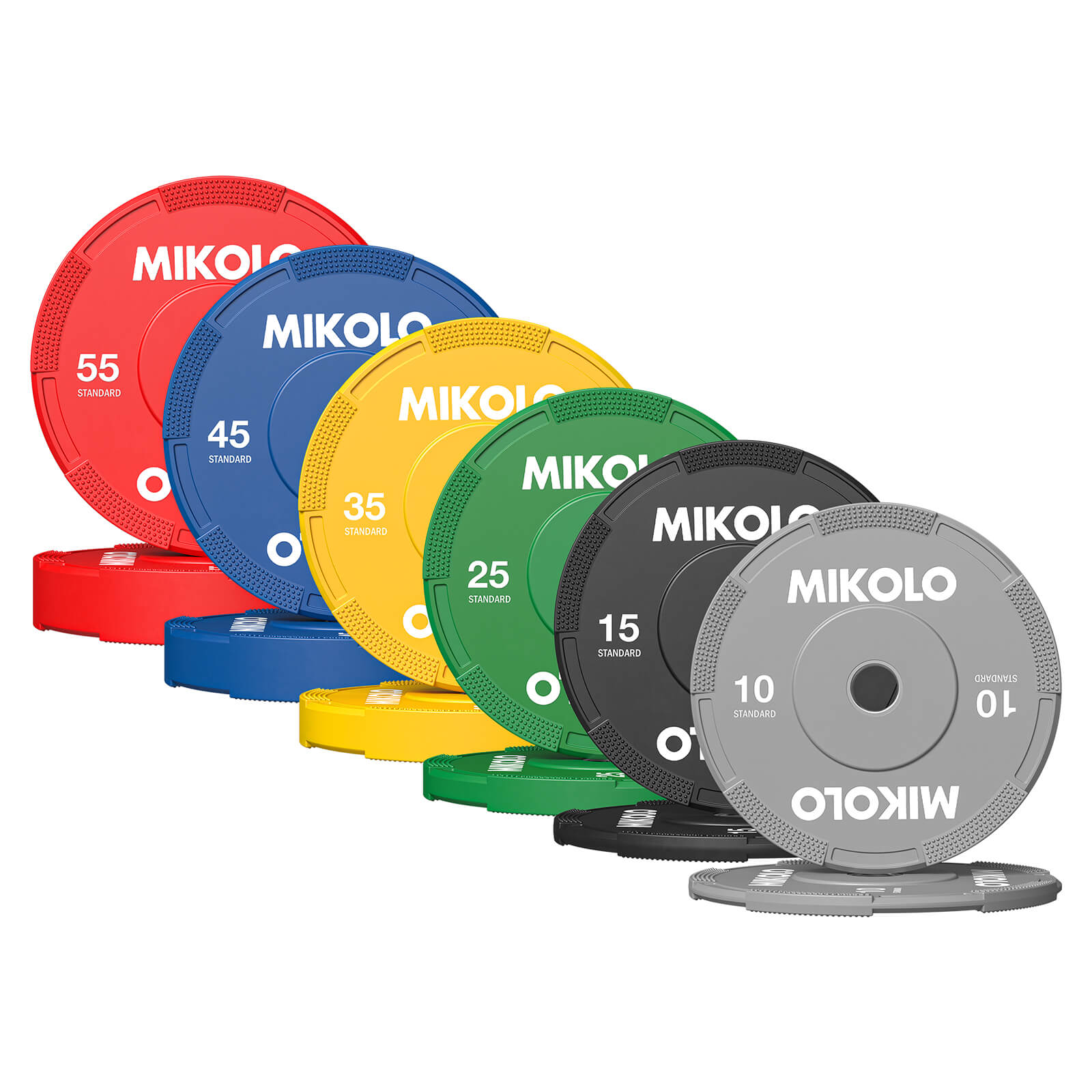
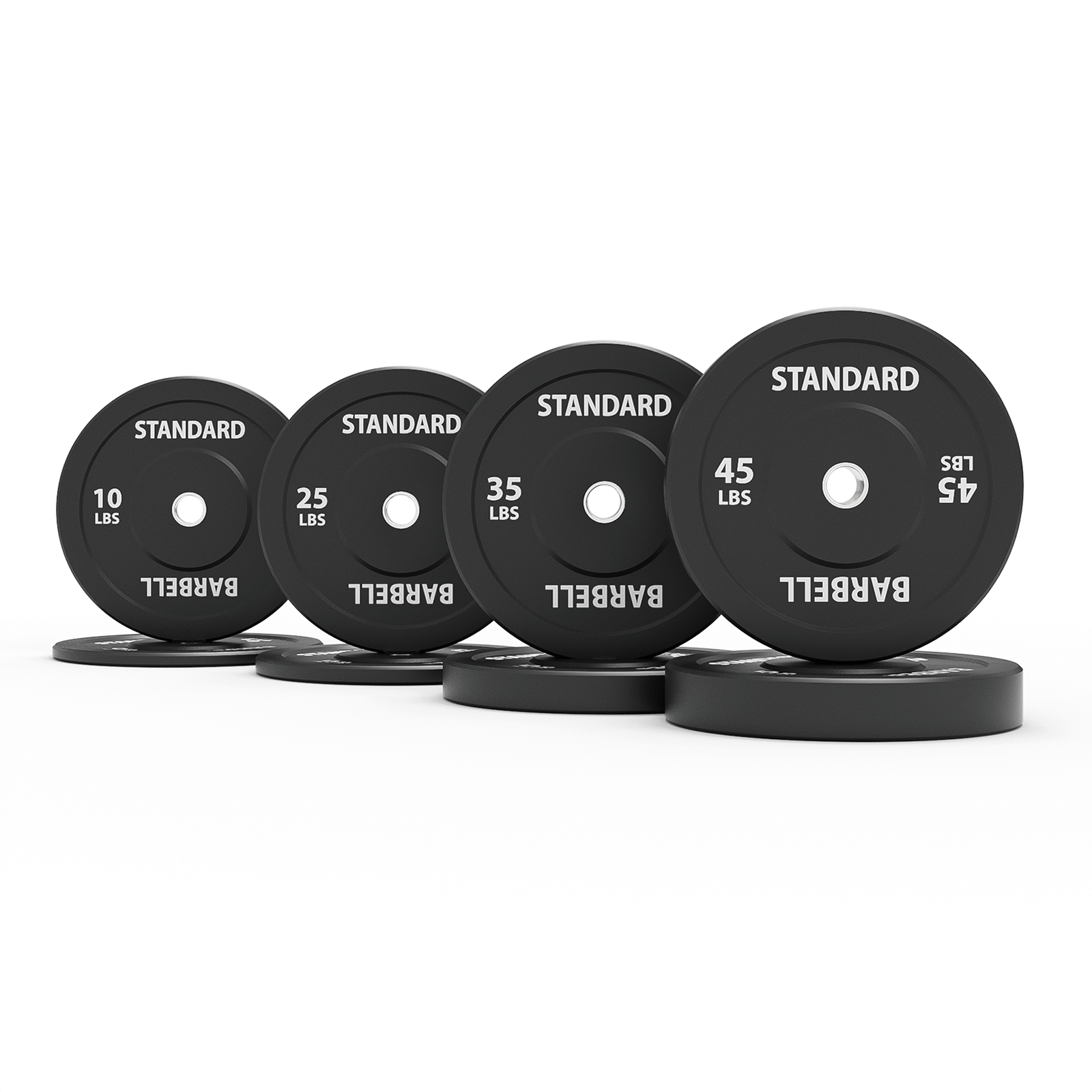
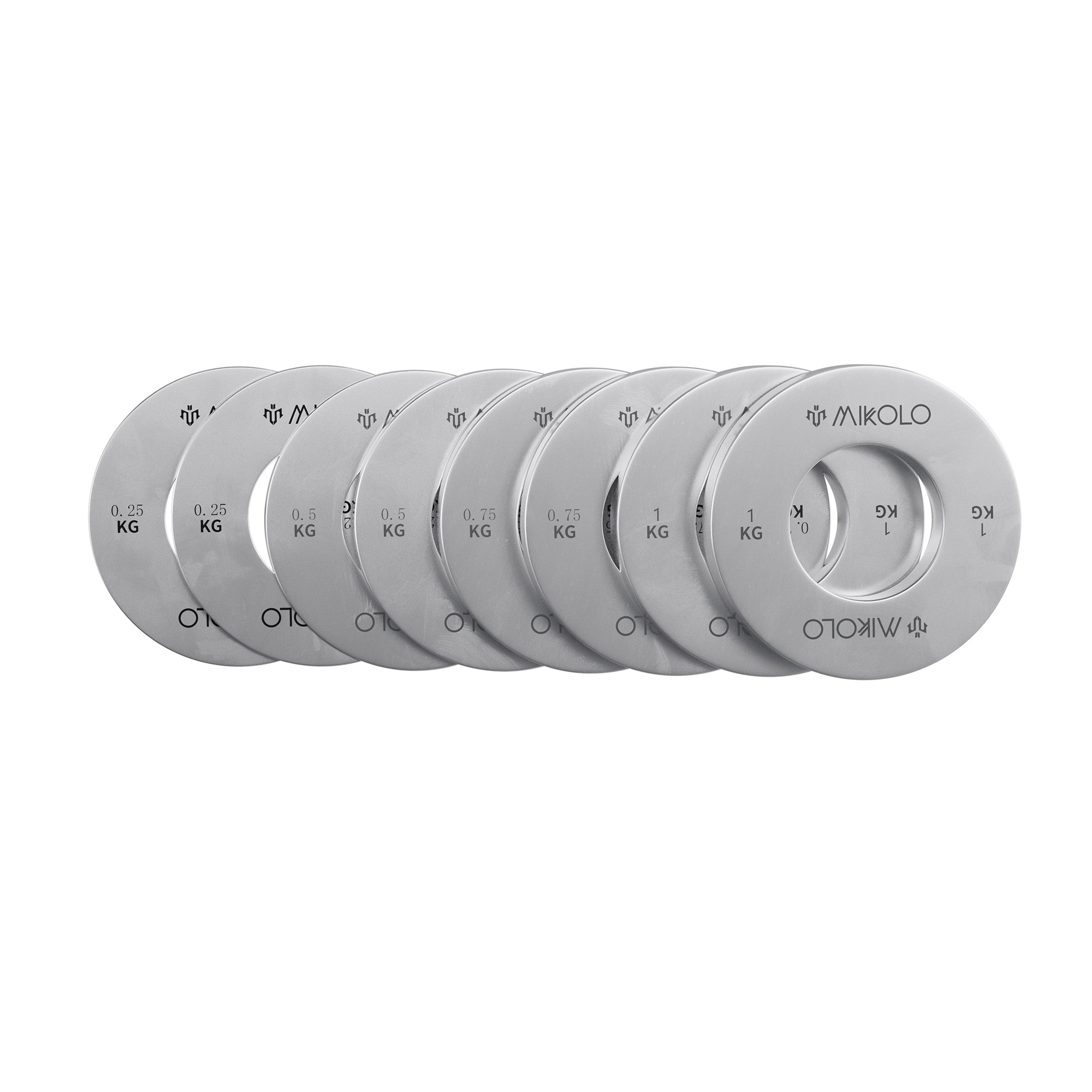
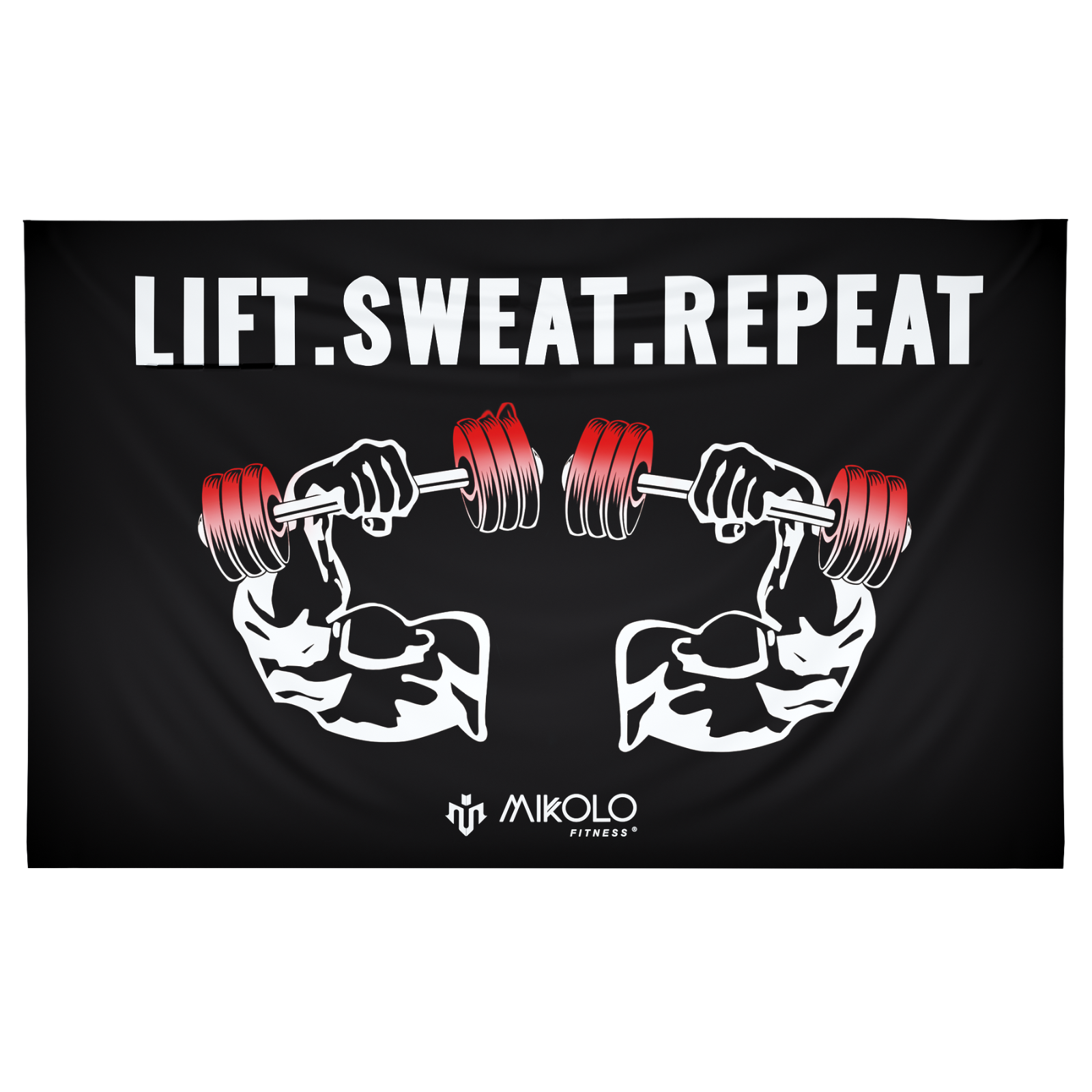
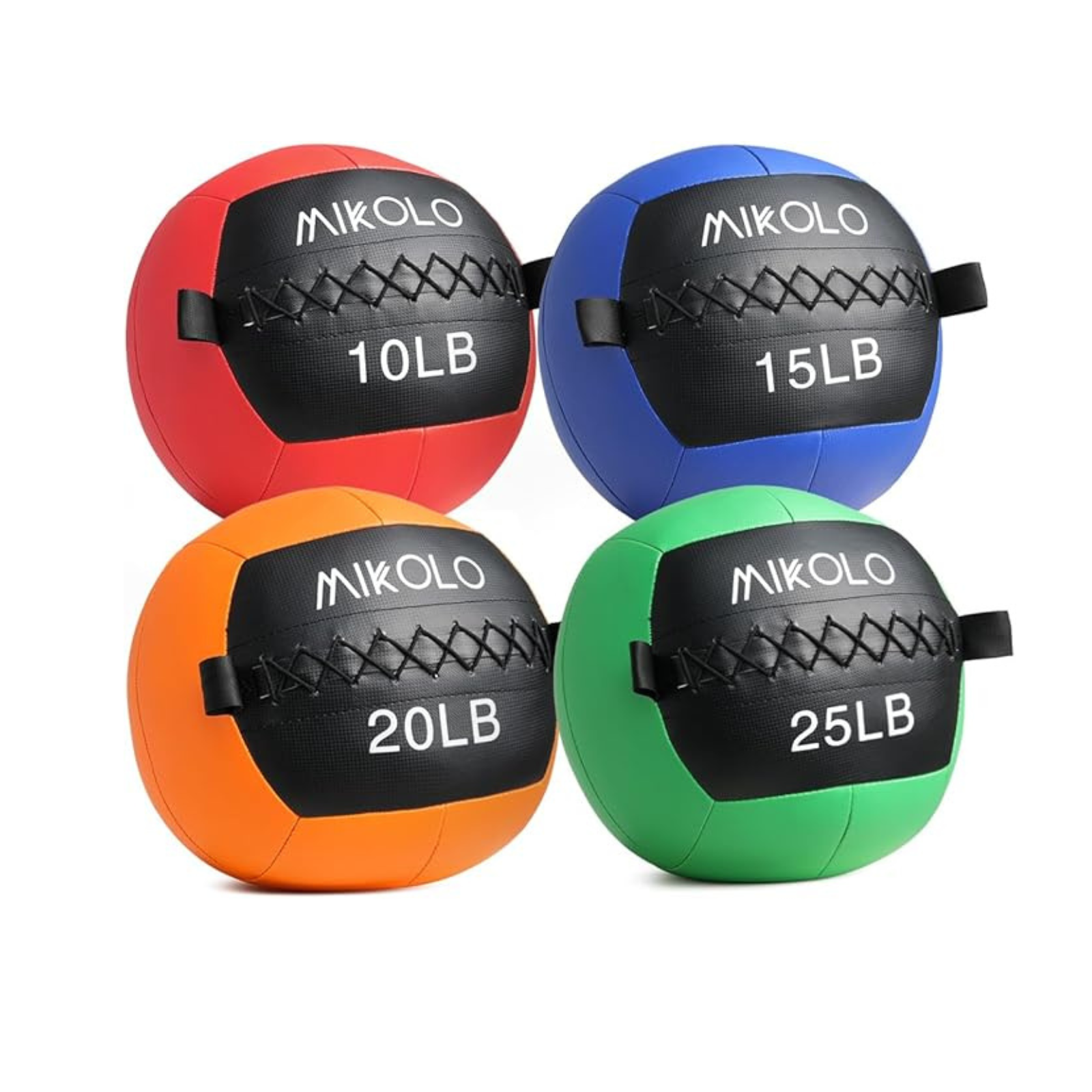
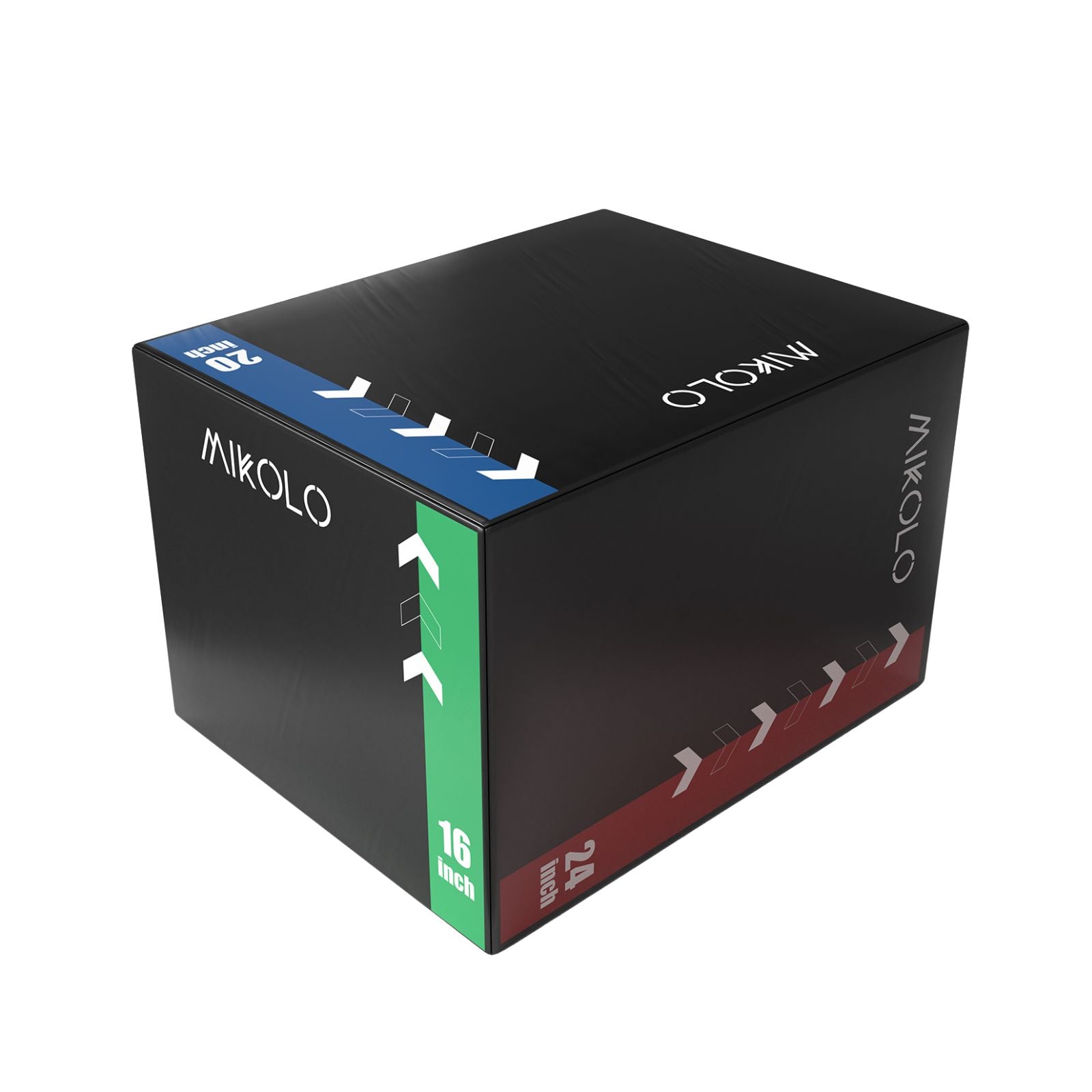

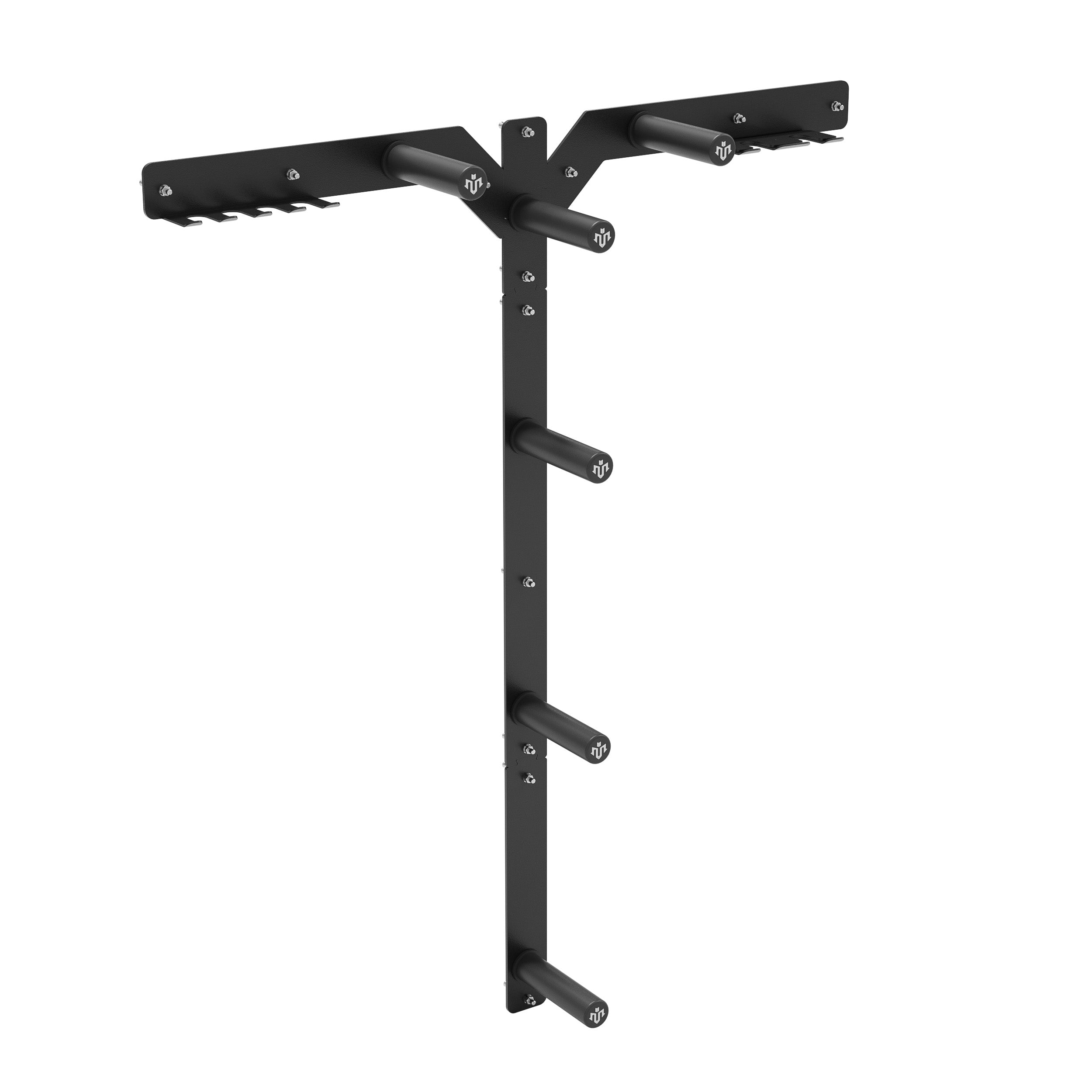




Leave a comment
This site is protected by hCaptcha and the hCaptcha Privacy Policy and Terms of Service apply.